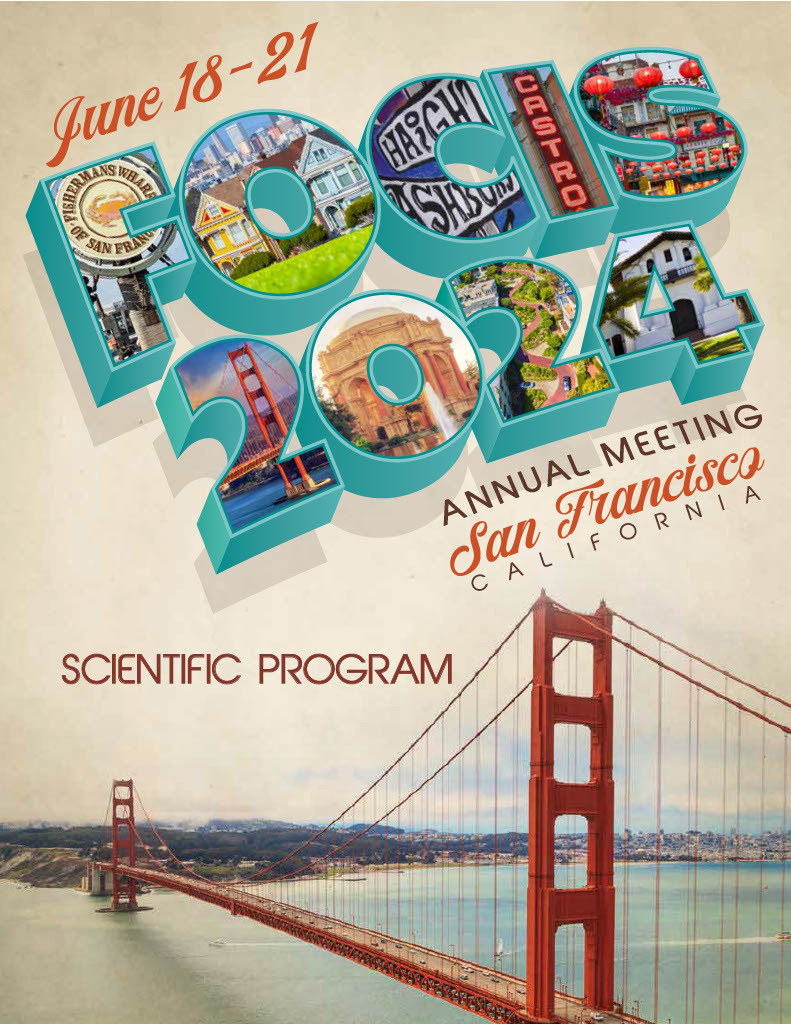W140 - Engineering Stable and Lymphodepletion-resistant T Regulatory Cells for Inducing Immune Tolerance During Transplantation
Wednesday, June 19, 2024
7:30 AM - 7:30 PM PT
Nathan Suek – Department of Medicine – Columbia Center for Translational Immunology, Columbia University; Farshid Fathi – Department of Medicine – Columbia Center for Translational Immunology, Columbia University; Giorgia Zanetti – Department of Medicine – Columbia Center for Translational Immunology, Columbia University; Kiavash Garakani – Department of Medicine – Columbia Center for Translational Immunology, Columbia University; Feda Hamdan – Department of Internal Medicine – Mayo Clinic - Arizona; Remi Creusot – Department of Medicine – Columbia Center for Translational Immunology, Columbia University; Megan Sykes – Department of Medicine – Columbia Center for Translational Immunology, Columbia University; Mohsen Khosravi-Maharlooei – Department of Immunology – Mayo Clinic - Arizona
- SN
Sameena Nikhat, PhD
Research Fellow
Mayo Clinic
Scottsdale, Arizona, United States
Abstract Text: Organ transplant recipients require a life-long regimen of expensive immunosuppressive drugs that cause long-term side effects including predisposition to diseases and cancers. Regardless, 40-70% experience transplant rejection within 10 years, suggesting an urgent need to develop more efficient strategies for inducing immune tolerance. Regulatory-T cells (Tregs) mediate targeted suppression of immune responses to maintain immune homeostasis. However, current Treg immunotherapies show two significant challenges: First, Tregs lose stability and convert into T-effector cells (Teff) while maintaining their target specificity, which is detrimental for the graft. Second, lymphodepleting conditioning regimens administered to transplant recipients can deplete Tregs besides Teff, resulting in poor tolerance to the graft. To address this we aimed to develop resilient Tregs that are resistant to conversion or conditioning regimens for use in allo-/xeno-transplantation. By knocking-out surface receptor CD2, we generated Tregs that are resistant to siplizumab (α-CD2)-containing conditioning regimens. Compared to CD2+ Tregs, CD2-KO Tregs exhibited greater stability, maintaining consistently higher levels of Treg-related proteins like FOXP3 and CTLA4, throughout several days in culture. This difference was particularly notable during later phase of expansion. They were also more efficient in suppressing allogeneic immune responses in vitro. In multiple in vivo experiments that involved injecting autologous Treg-depleted PBMCs into a mouse model of graft-vs-host disease, CD2-KO Tregs demonstrated either comparable or enhanced efficacy in mitigating disease and improving survival rates than CD2+ Tregs. The mechanisms underlying enhanced immunosuppressive capabilities of CD2-KO Tregs are currently under investigation, and these findings hold immense potential for development of improved Treg-based therapies.

